Antequera from 3000BC to the Romans, the Moors and a Present-Day Churreria
Zagan the motorhome is backed up against the white wall of the Estadio El Maulí football ground in the new town area of Antequera north of Malaga. We’re in the town’s area de autocaravannas (motorhome aire) opposite the grey walls of the juzgada, the Magistrates Court (N37.02139, W4.57184). It’s free to stay in the parking area here and there’s also a free service point. Both have been built since we first visited Antequera back in 2012 and made do with a car park suggested by the tourist office. We’d come here to a Fiat dealer back then, hoping to get a worrying clonking noise with our van Dave’s ageing leaf-spring suspension fixed, after a month in bumpy Morocco. The aire is full every night, so an accepted overflow has developed in another parking area just around the corner.
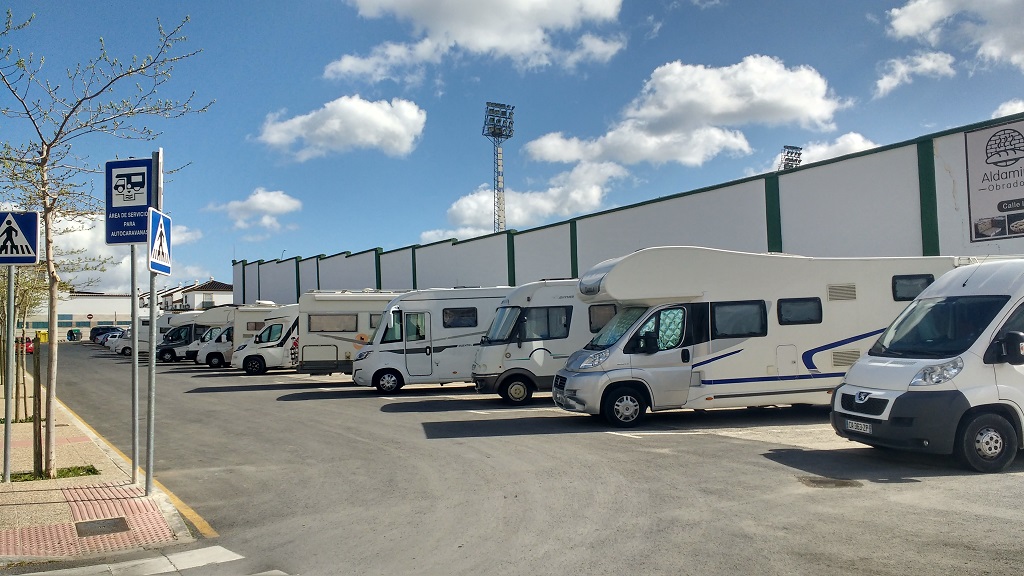
It only took us an hour or so to drive here, including nipping into a petrol station after a few miles on the road to check the hot-wheel problem we’d had on the way to the reservoir had gone, which it had, phew. We’ve seen the inside of a few Spanish garages over the years, and they’ve always been very helpful, sometimes spending hours trying to sort an issue which didn’t exist (see ‘leaf spring problem’ above). That said, it’s always a relief when a problem resolves itself and you don’t have to head for the garage to mangle to poor local’s language! Once we’d checked the wheels, we spun round and brimmed off our tank with diesel, or at least the attendant did: it’s still attendant service at some fuel stations here in Spain: useful tip: ‘full please’ is ‘llano por favor‘ and ‘llano’ is prounounced dyarno here. Diesel was less than £1 a litre. After that the road rolled through low hills covered in rows of olive trees, finally spiralling down through a pine forest and opening out onto the plain below Antequera, rounding the town and avoiding its tiny narrow streets before depositing us here.
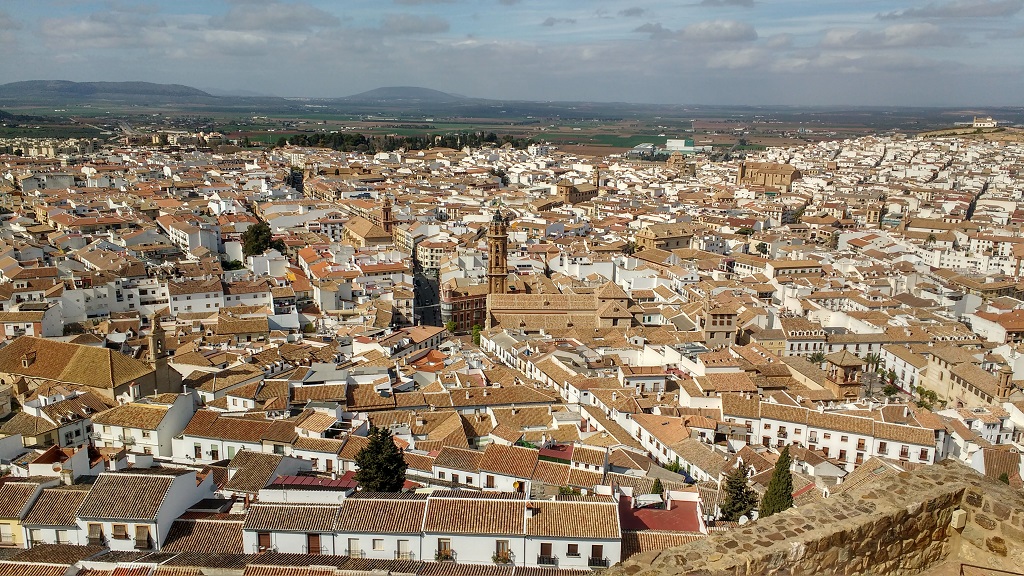
Antequera’s a lovely old town, well worth a visit if you’re travelling in the hills to the north of the Costa del Sol. This is our fourth visit here, having nipped in a couple of times in more recent years after the leaf spring issue, while we were house sitting at Valle de Abdalajis to the south. There are a couple of significant local(ish, you’ll need transport) attractions which we’ve already seen, but are well worth a look-see if you’re around:
- The King’s Walk (the Caminito del Rey), a vertiginous cliff-side walkway down a steep gorge which was once the local’s passage between two villages and later become a dare-devil climb before finally being rendered safe by a new path which anyone can walk if they can master the fear of height (our blog post is here).
- El Torcal, a nature reserve in a mountain range to the south of the city with weird rock formations (our blog post here).
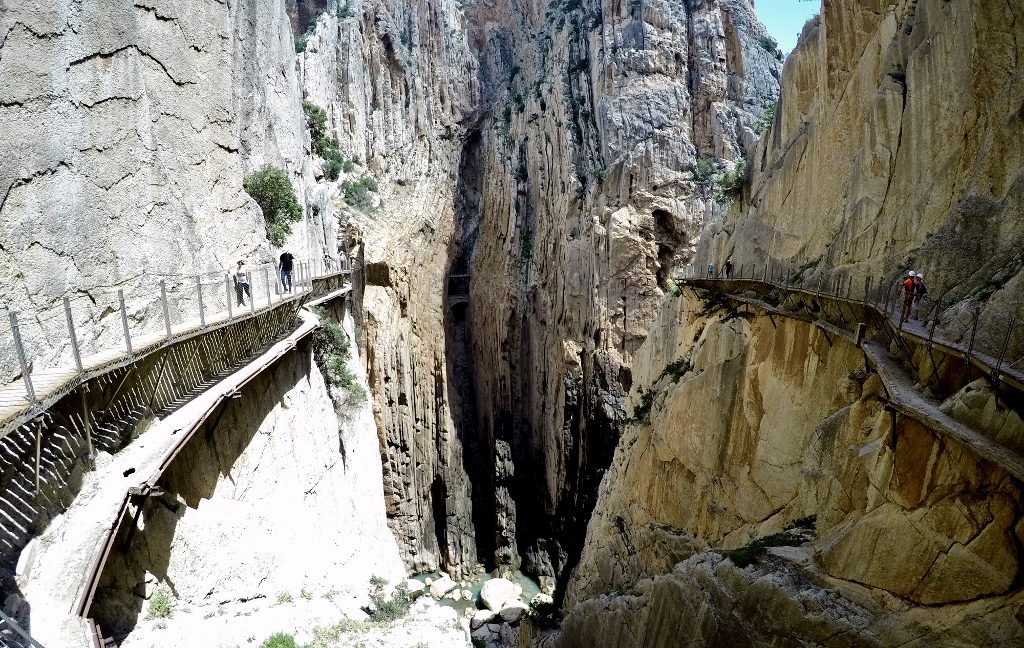
Having already seen those ‘big sights’ this time we’ve stayed in the city or just around it, enjoying each of the attractions touched on below.
Sendero Las Arquillas
We weren’t interested in hikes or trail runs on previous visits to Antequera, so didn’t spot just how close the trails and open countryside are to the city. Pulling up wikiloc.com, I came across the Route of the Arquillas, a marked and wide trail which follows the route of an old Roman water channel. The path starts on the edge of the town with some uphill roads and trail but quickly levels off, taking you out of sight of the city and out onto a wonderful hillside for a few miles. Eventually the path reaches the rather swish Hotel Convento de la Magdalena.



It’s probably a 2 to 3 hour walk there and back, and well worth the effort for the sense of nature so close to the city. The route I followed (here) didn’t come all the way back down the same path but took a steep, somewhat overgrown path up the hill bringing me out above the city in among a ton of wonderful sandy and rocky trails under pines, great for mountain biking.


The Ancient Dolmens of Antequera
Within the city of Antequera stand three 5000 year-old dolmens, enormous megaliths, giant slabs of stone cut and shifted into place and then covered in earth to form burial chambers. Two are within easy reach on foot from the city centre, the third is on the outskirts in an industrial estate, which we didn’t visit. All three are on the UNESCO world heritage list as of 2016.
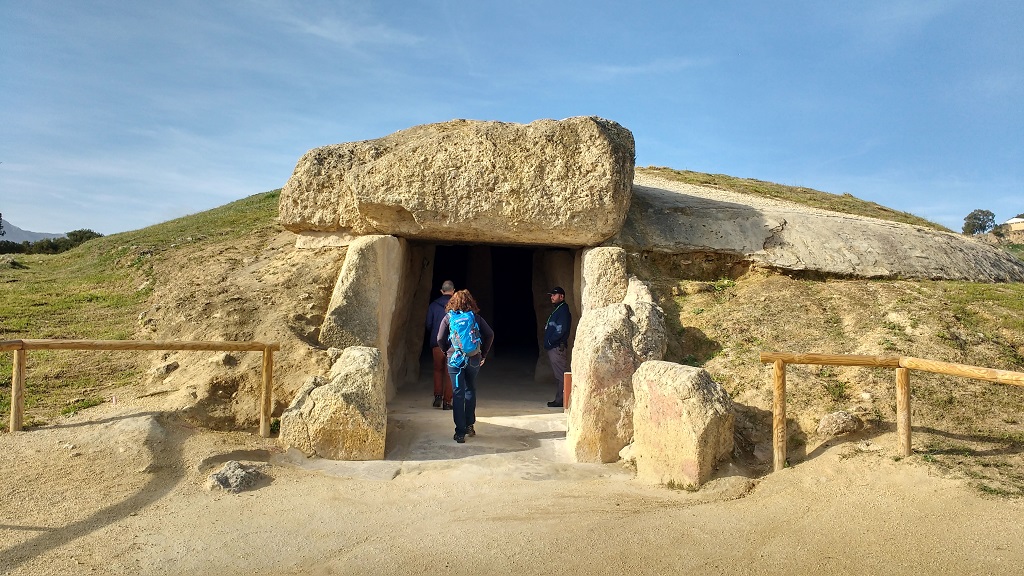
The largest of the dolmens, the Menga, was built such that on the summer solstice, 21 June, the morning sun shines over the peak of the Peña de los Enamorados (the Lover’s Rock standing high outside the city) and straight along the dolmen’s entrance corridor. It’s free to visit the dolmens and two visitor’s centres have been built a short distance from them, one waiting to be commissioned.
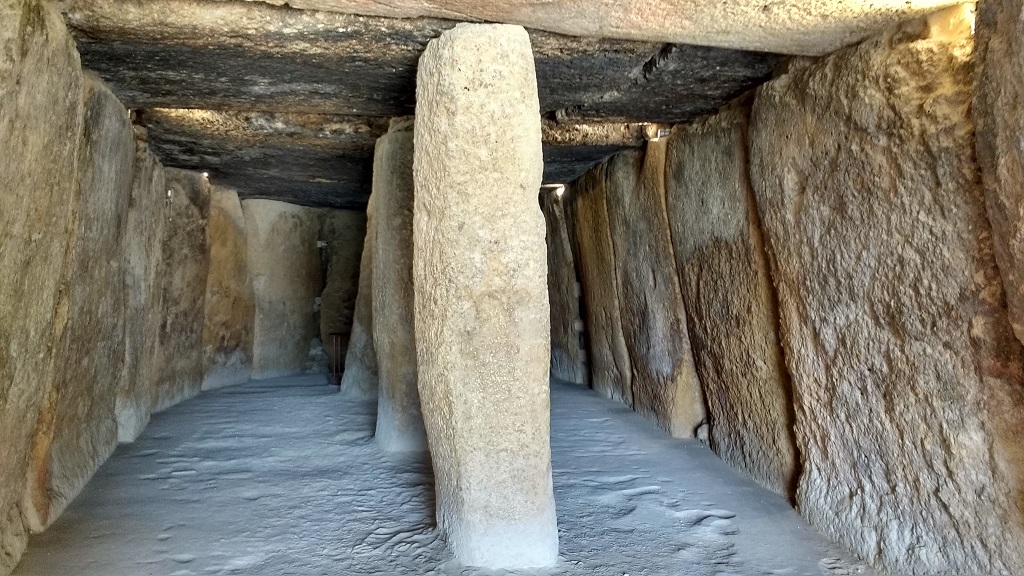
In the visitor’s centre there’s a video available in English (and other languages) which illustrates how the dolmens were built by farmers, cutting slabs with stone tools and using tree trunks to roll them across the ground. The vertical slabs were dropped into a trench and pulled upright before the whole assembly was buried so the enormous roof slabs could be pulled into place. Finally the earth inside the dolmen was removed and the roof was covered, leaving the dolmen as it stands today. It was made to look easy, but the enormous challenge of getting the rock into place was massively understated I think: it must have taken enormous motivation to complete. We both wondered quite what that motivation might have been? According to this article at andalucia.com: “The largest upright stone weighs 180 tonnes. By way of comparison, the heaviest stone at Stonehenge, in Wiltshire in the UK, weighs 40 tonnes.” Wow.
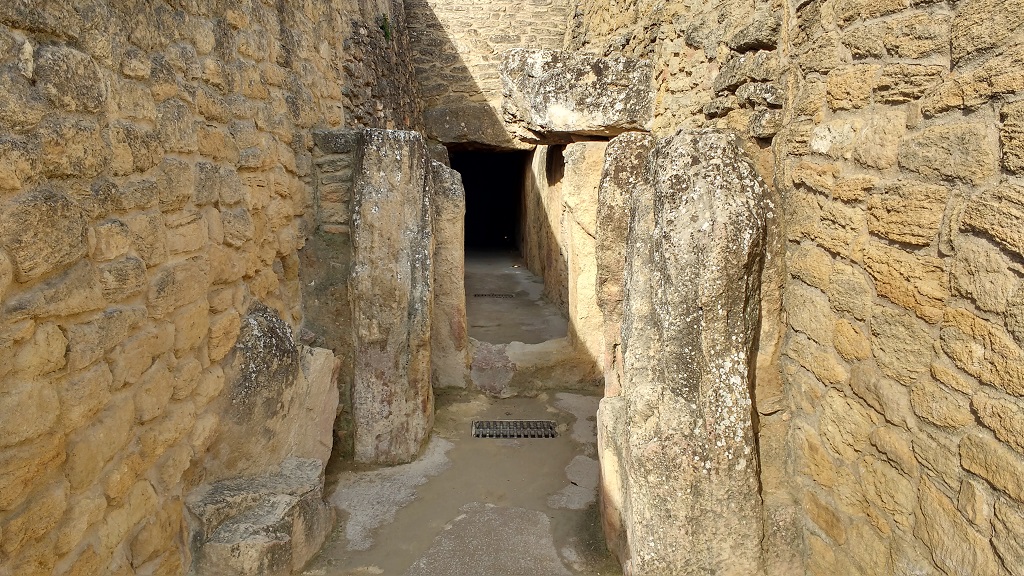
The Roman Baths
Alright, I’m not going to make a big thing of these baths as you could almost take them for a patch of wasteland at first glance. Antequera was a Roman city for about 200 years and the city street plan is largely based on how it was back then. There’s not much visible from Roman times, over 1500 years ago, although you can stand below the walls of the Muslim citadel and look over the baths, at least getting a sense of how they were positioned in the city and what the views might have been like. The site itself isn’t accessible other than looking at it from above.

The Alcazaba (the Moorish Citadel)
Let us not kid ourselves here: the OurTour two (as we’re known to the authorities) aren’t known for coughing up to look around yet another castle/church. It either has to be something special these days, or it has to be free for us venture inside. I’m not defending our tightness of purse strings, other than to say: when you’ve seen a hundred castles and a thousand churches… Anyway, the Alcazaba is Antequera’s enormous citadel, built by the Moors 600 years ago in an unsuccessful attempt to fend off the re-invading Christians (who’d retaken most of Spain by then), and still standing in much of its glory above the city. The views from the walls are stupendous: we know, as for some reason it happens to be free on a Tuesday afternoon, coinciding with our visit.

Inside the citadel there are gardens with some kind of string instrument being played out through hidden speakers to give a sense of atmosphere to the place. The buildings which would have stood inside the walls, including a mosque which was converted to a church, are gone. A large well is still in place, covered with an iron grill. At least we assumed it was a well, but according to this article it was a hell-hole, where prisoners were kept in what must have been appalling conditions.

After an hour walking the walls, we used the freebie tickets to pop into the adjacent Collegiate Church, which hasn’t actually been a church for a few hundred years. Inside there’s a reconstruction of one of the enormously heavy ‘floats’ which folks carry around during festivals like Corpus Christi, and a large number of frescos of women swinging swords at dragons and the like. We couldn’t quite figure out why: it’s rare to see anything like it other than in France where Joan of Arc does her bit for feminine equality.
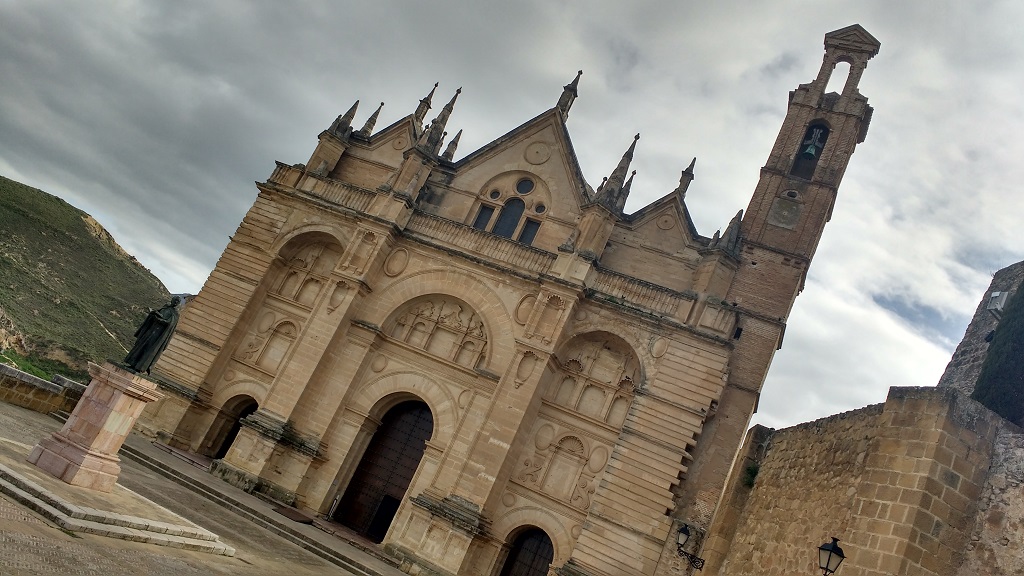
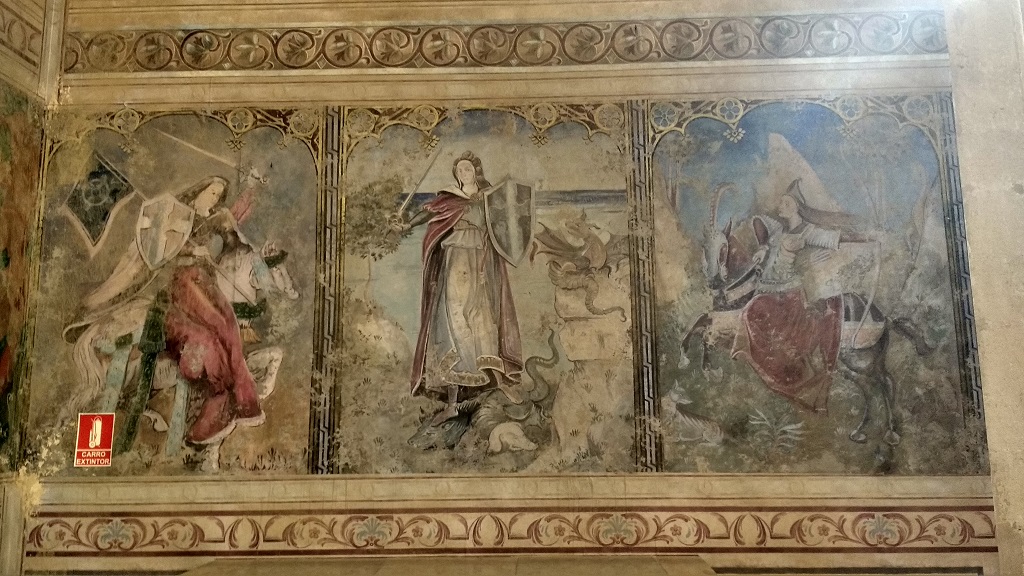
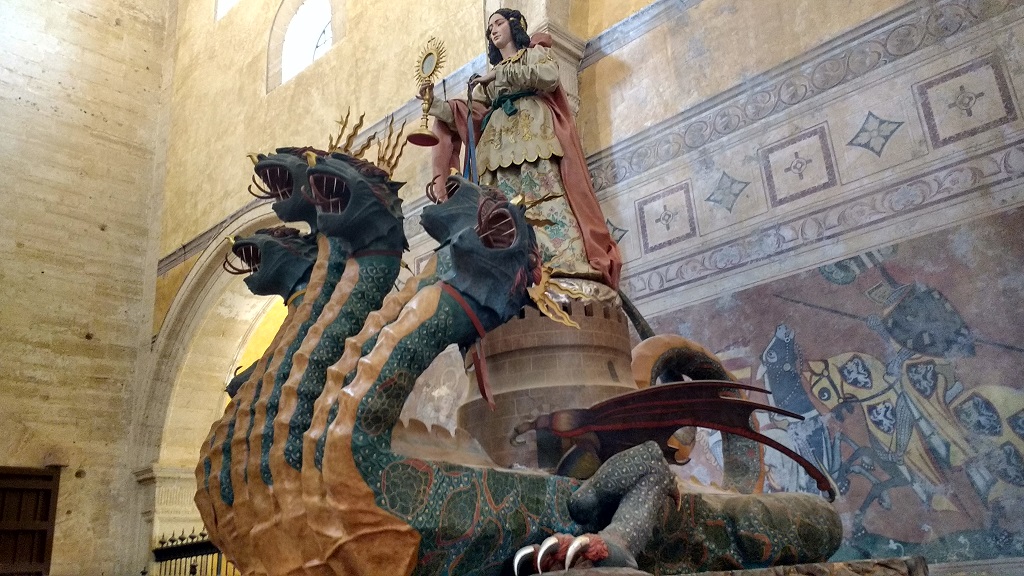
Present Day Churreria!
Pulling our heads out of history, present-day Antequera is a pretty affluent place. Probably not quite as affluent as in Spain’s 18th century heydey when the country owned half of Latin America, but it’s not doing bad for itself. The streets are a pleasure to wander and we’re loving eyeballing the shops, bars and restuarants. As long as it’s not between 2pm and 5pm that is, when it’s pretty much dead. Word is the Spanish siesta is a thing of the past, so we’ve no idea what everyone gets up to in these quiet hours, probably having a beautifully long lunch with family? Word is also that Spaniards work more hours per year than the Brits, and far more than the Germans, so perhaps they deserve it.
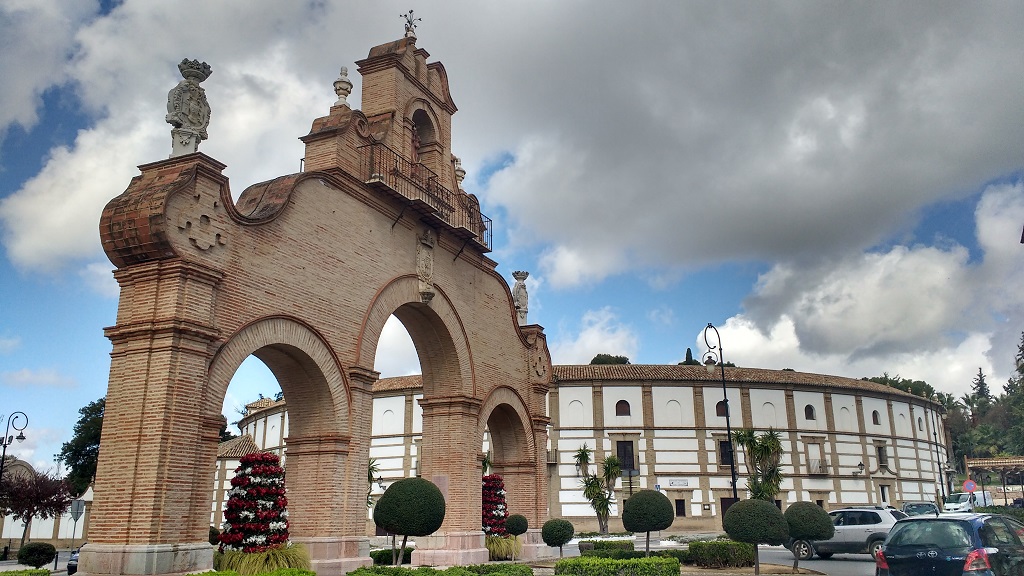
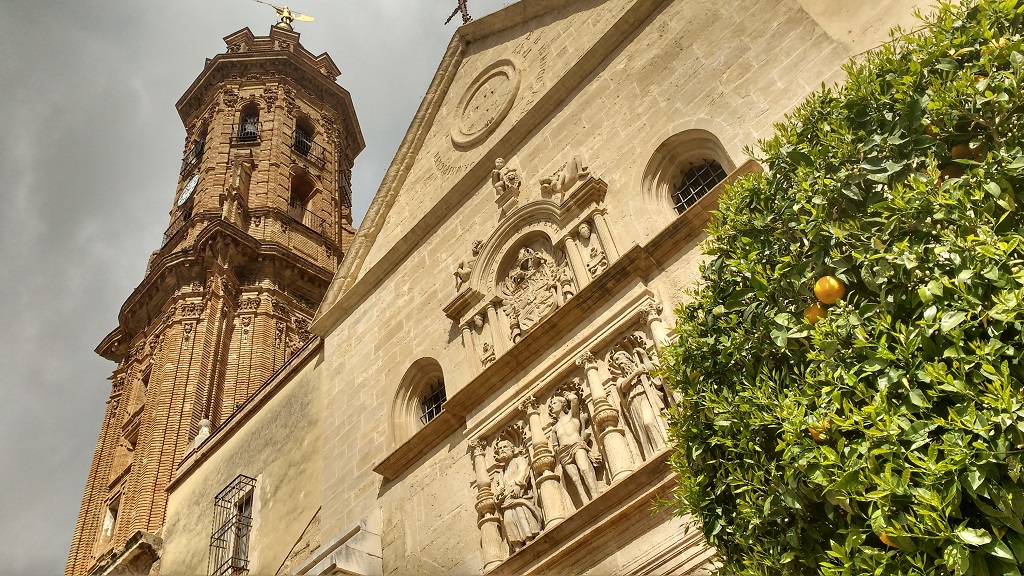
As well was wandering about peering at all of these delights, Ju’s focus has largely been on the town’s churros outlets. Churros is basically the same as British doughnut, but extruded into a star-profiled string before being fried, and served with hot thick chocolate instead of being thrown into sugar. It’s delicious, and it tends only to be served in the mornings. There’s a restaurant opposite the aire which sells it, but this morning Ju went for the authentic street experience and bought it from one of the small kiosks which school kids and parents cluster round of a morning. The verdict? It lasted about 30 seconds.
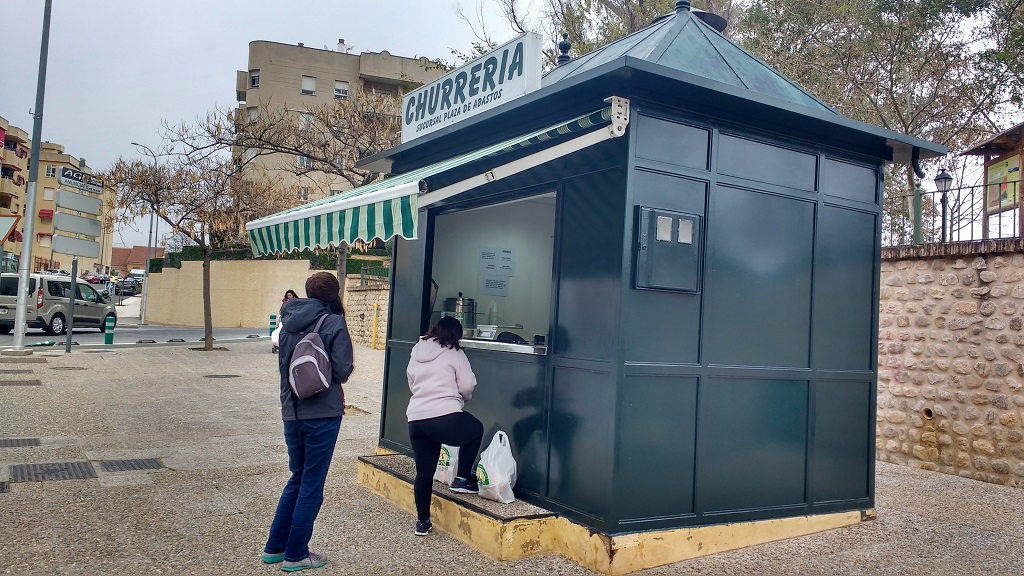
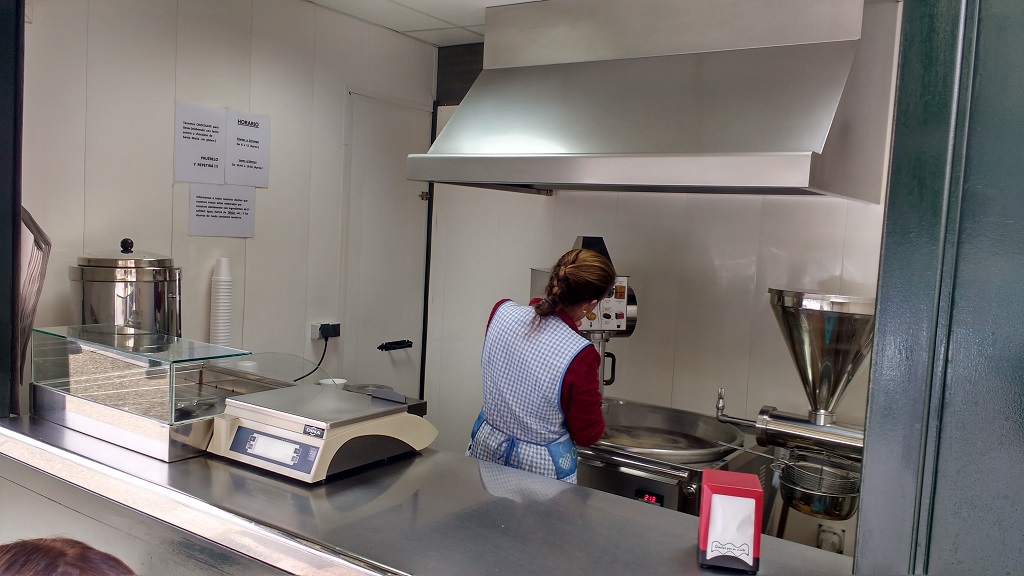
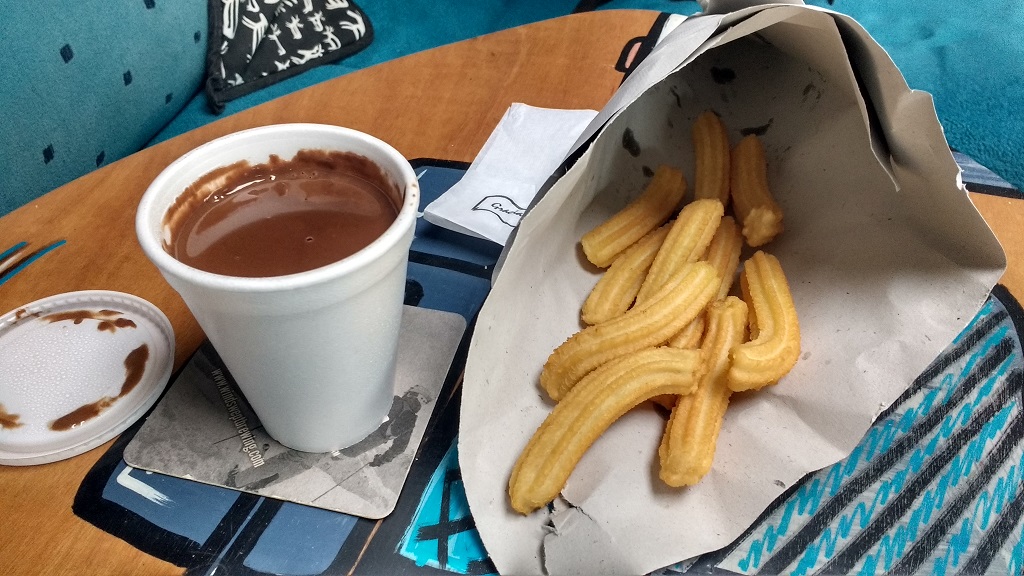
Right, that’s it! Our plan is to stay here tonight and then head west in the morning in the vague direction of the Atlantic Coast. We’ve a couple of weeks before we need to be in Malaga so we’ll potter about in that time. After over a month on campsites (which we both really enjoyed) it’s also feeling good to be ‘out’ touring again! The sensation of freedom with a motorhome is hard to beat.
Cheers, Jay

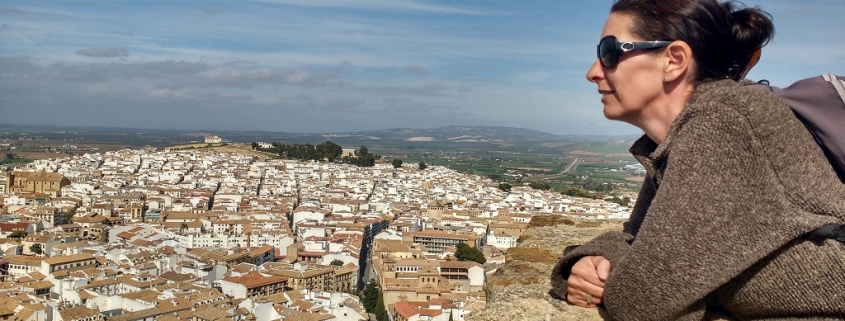


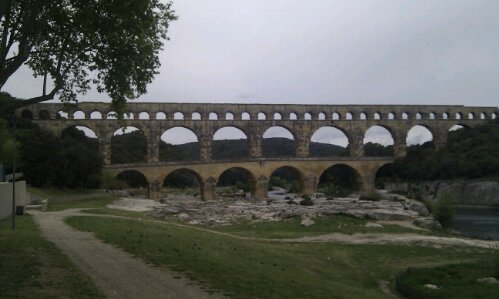

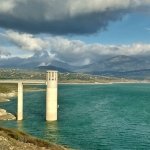

Love Antequera, churros, stand-the-spoon-in-it hot chocolate, tapas, palates bravas…..actually just love Spain in the winter! Rainy and cold in the UK, but heading back to France in a few weeks.
Good morning from Luxor, arrived a couple of days ago from Cairo (wonderful completely bonkers city), tomorrow move on again, weather will be a cooler 25 C today. Worth a look for good winter sunshine, and not expensive either.
Question for you. Is there a reason not to travel to Malaga immediately? We always thought it is one of Spain’s great harbour cities with so much to see and do, but of course we all look for different things in our travel. Just wondering.
Enjoy you upcoming race, you must both be getting pretty excited after a long build up.
Hi guys – sounds like you’re having a cracking time – good for you! :-) We’re booked into Malaga Beach aire for a week so should have plenty of time to visit the city a few times before and after the race, and we’ve never been to Jerez or Cadiz, so figured we’d nip over here and have a look-see before Malaga. Happy with the decision so far, we’ve just come across a free motorbike race weekend at Jerez, and have been allowed to park right outside the circuit gates, woo-hoo! Yep, we’re ready for the half. Back home we’re racing every week or two and it’s been two months now since we last raced, looking forward to the pack sensation again. Cheers, good to hear from you two, Jay
Hi,
We were in Cadiz at the end of January and can recommend the car park right out on the port. It is just a car park with no services but just a short walk on the fabulous sea ramparts into town. Be sure to catch the little office open to get the moho discount of €3.10.